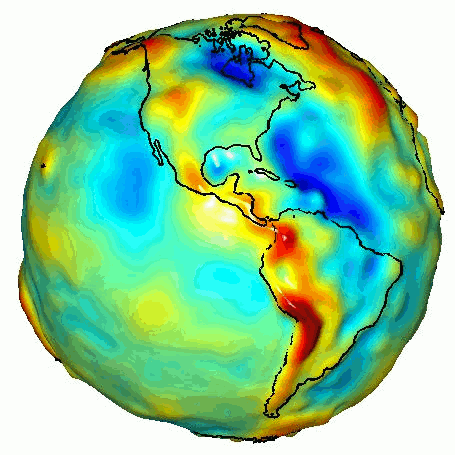课程主页

本课程主要介绍计算地球物理的基本方法和工具,旨在让学生掌握基本的计算地球物理方法,能够采用有限差分来实现波动方程、扩散方程的数值模拟,并对计算结果进行分析。同时,本课程注重学生的动手能力,要求学生能够随堂进行基本的Jupyter Notebook文字化编程。
本课程主要介绍有限差分和伪谱法等数值求解方法,并分别介绍椭圆型、抛物型和双曲型偏微分方程的数值计算方法。此外,本课程还将简单介绍基于OpenMP、MPI和CUDA并行的地球物理高性能计算方法。
本课程将会教学生使用Linux操作系统,并采用Anaconda进行Python环境进行管理,使用Jupyter Notebook作为Python的IDE进行文字化编程,安装并使用Madagascar开源地球物理平台。开源软件和开源研究将贯穿本课程的所有内容,鼓励学生进行开源研究探索。
授课人员
- 主讲老师: 汪宇锋 - 答疑方式: 计算地球物理课程微信群 (可提前预约当面答疑 - 物探楼411)
- 助教: 刘学港、肖梦姿
课程前期要求
- 了解基本的Python、C语言编程;
- 了解部分Linux操作系统(可在课程中学习);
- 具备基本的地球物理背景知识。
本课程目标
- 了解计算地球物理的基本方法和工具;
- 掌握三种不同类型偏微分方程的数值求解方法;
- 了解地球物理高性能计算的基本方法;
- 简单掌握Linux、Jupyter Notebook、Madagascar、并行服务器等工具。
参考资料
- Madagascar is an open-source software package for multidimensional data analysis and reproducible computational experiments.
- SeismicUnix is an open source seismic utilities package which was supported by the Center for Wave Phenomena (CWP) at the Colorado School of Mines (CSM).
- CIG is a community-driven organization that advances Earth science by developing and disseminating software for geophysics and related fields.
- COMPUTATIONAL SEISMOLOGY: A PRACTICAL INTRODUCTION is an introductory text to a range of numerical methods used today to simulate time-dependent processes in Earth science, physics, engineering, and many other fields.
- GPGN535 This course develops the principles of geophysical computing in the context of simulating and validating numerical solutions to the types of partial differential equations commonly found in geophysical investigations.